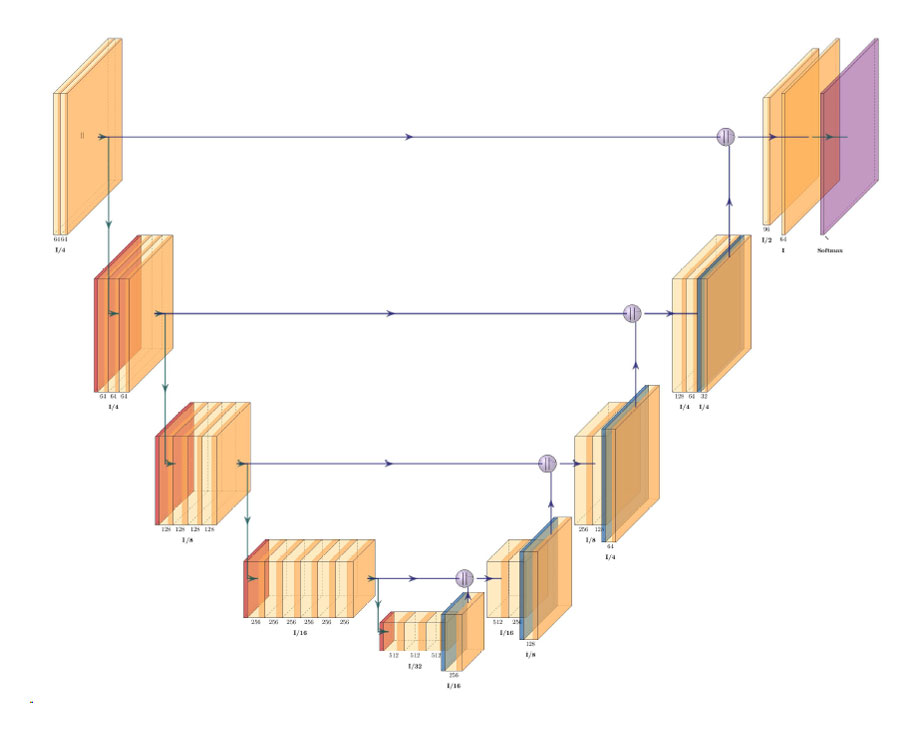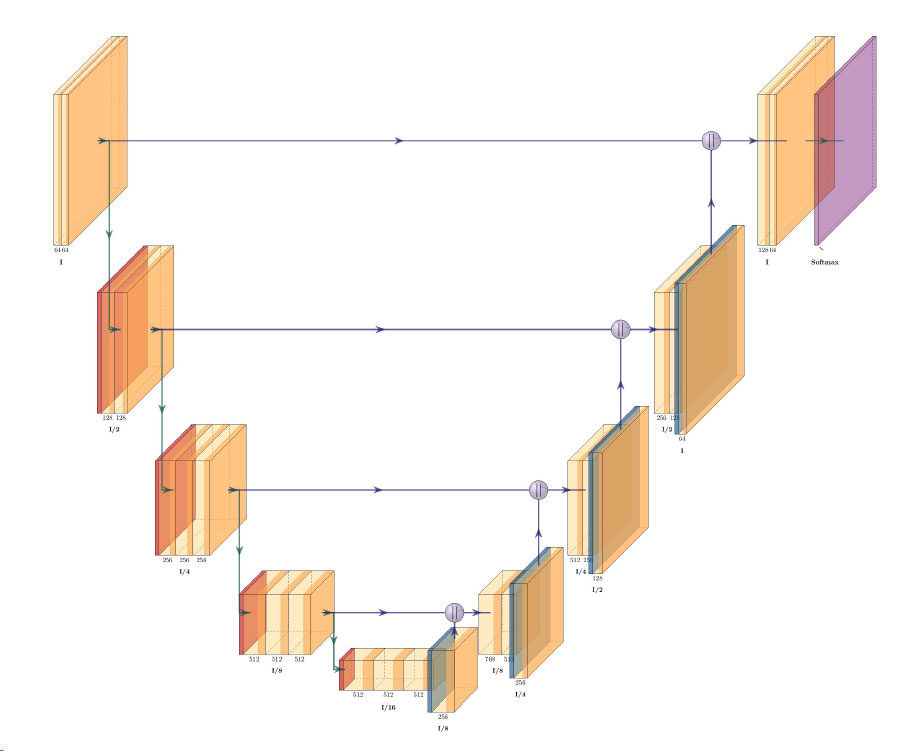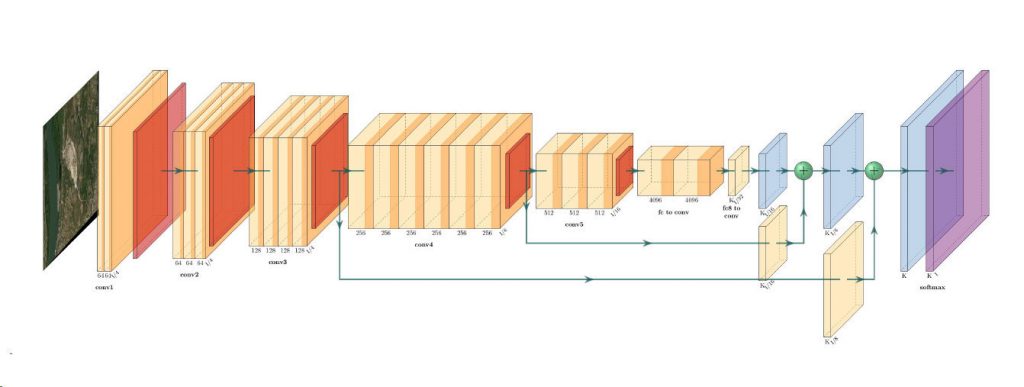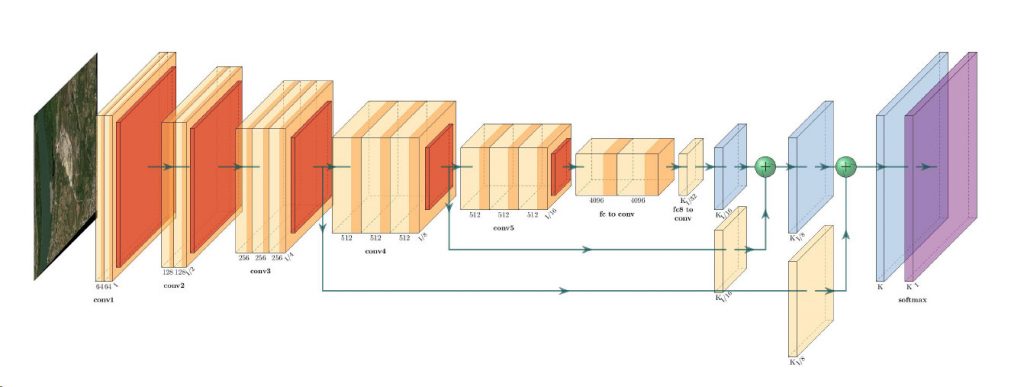Greece: Satellite Images Show Oil Spill
- European Space Imaging
- 19 September, 2017
A tanker carrying 2,500 tonnes of oil and fuel sank near Athens on September 10, polluting the Greek coastline.
European Space Imaging captured a series of satellite images of the site between September 13 and 15, using Digital Globe’s satellite GeoEye-1.
“The very high resolution satellite images show us precisely where the oil is,” says Dr Melanie Rankl of European Space Imaging. “They reveal that it has spread over more than 1.5km of the Salamis coastline, and a smaller amount has traveled south to the Attica coast.”
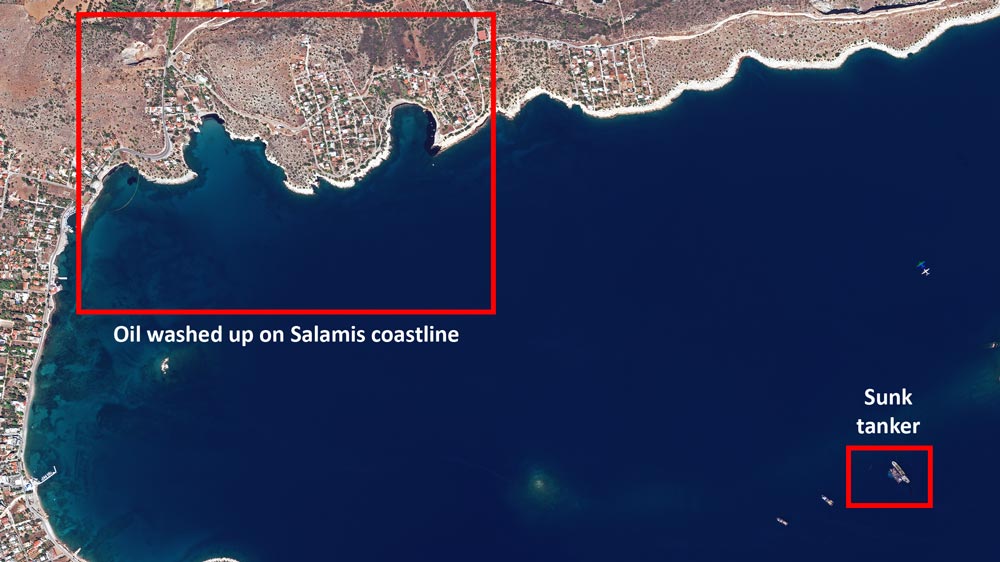
13 September 2017 | An overview of the oil spill scene | GeoEye-1
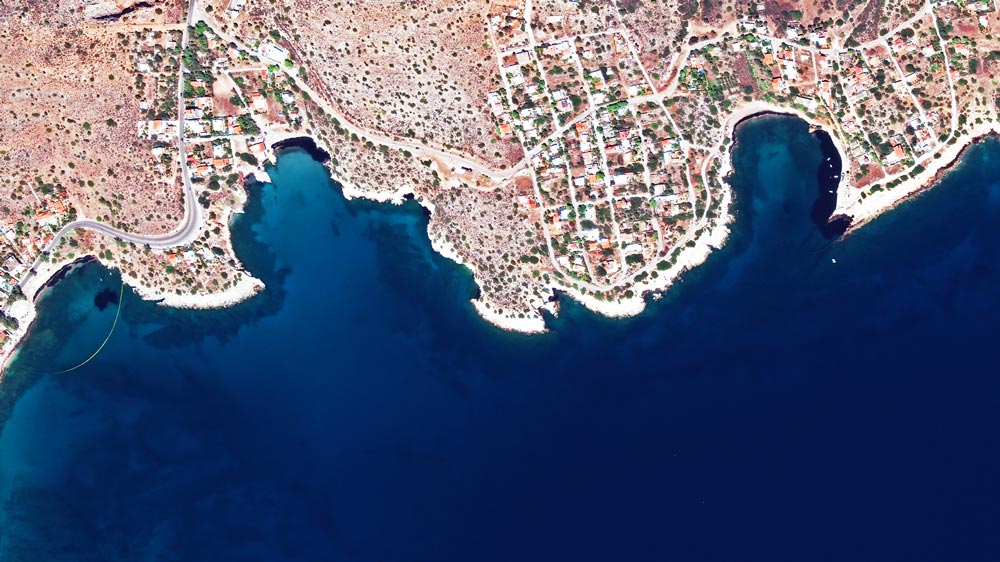
13 September 2017 | Black oil is clearly visible on the coast of Salamis | GeoEye-1
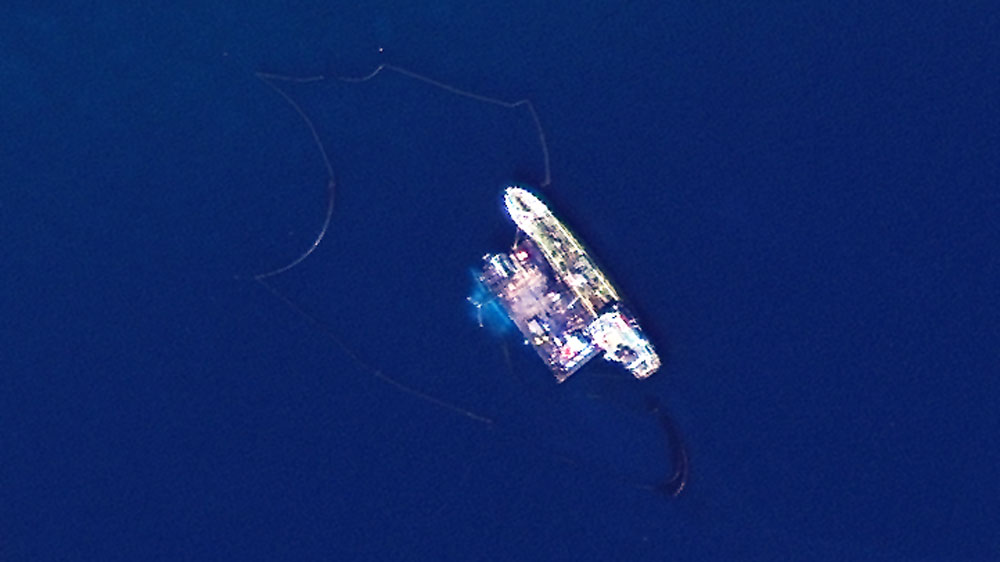
13 September 2017 | Containment buoys are visible around the sunk tanker | GeoEye-1
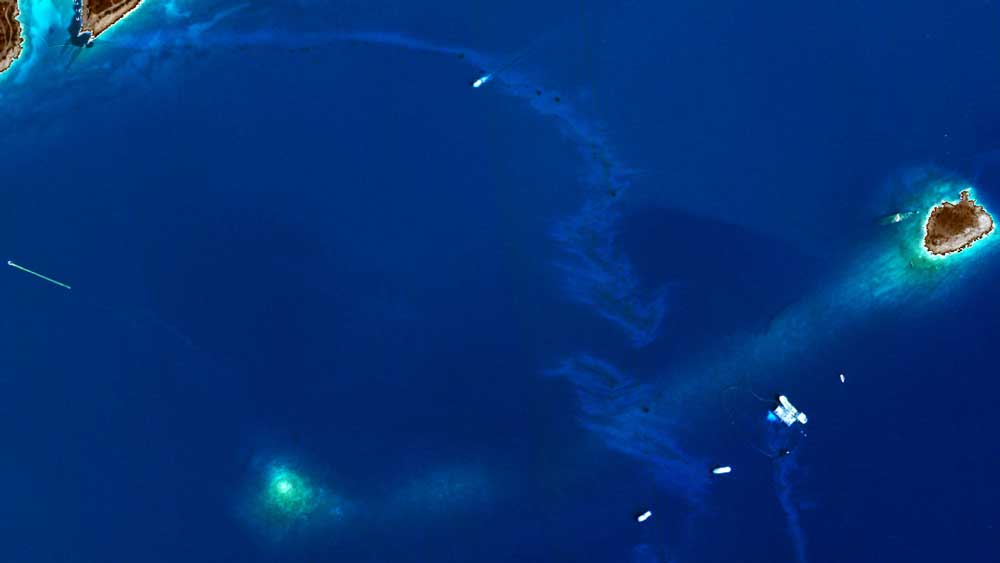
14 September 2017 | Visual analysis by European Space Imaging staff reveals the presence of oil floating between the tanker and the coast – it can seen as a lighter blue | GeoEye-1
Emergency barriers have been placed around the sunken ship and affected coastline in an effort to prevent the oil from spreading further, but when seen from space it is clear that a significant amount is still floating freely. Authorities estimate the clean-up will take more than four months.
Just seven minutes after GeoEye-1 collected images of the site, the European Space Agency satellite Sentinel-2A did the same. This allowed the DLR Maritime Safety and Security Lab in Neustrelitz, Germany, to compare GeoEye-1’s 50cm resolution data with Sentinel-2A’s 10m resolution data.
“The red-brown areas of the processed images represent probable oil pollution,” says Egbert Schwarz, Head of the Lab. “So while the suspected spill is visible in the Sentinel-2A image, it is the clarity in the high resolution GeoEye-1 image that allows us to confirm our suspicions.”
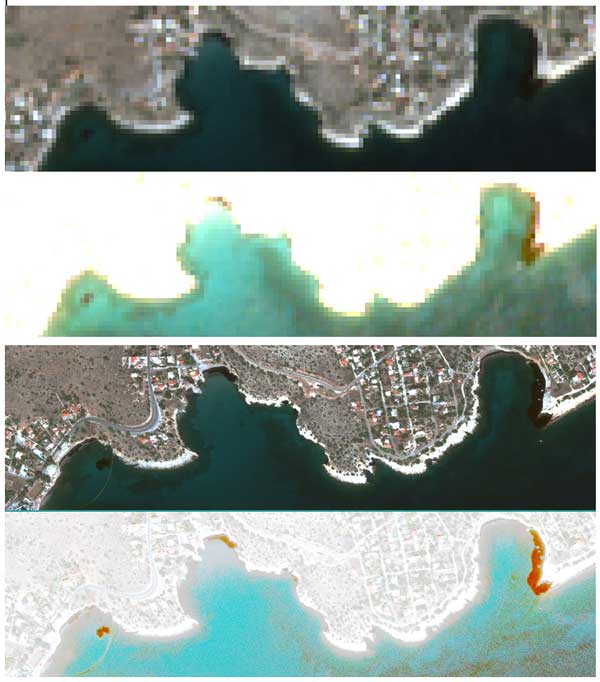
13 September 2017 | A comparison prepared by the DLR Maritime Safety and Security Lab shows the difference in the 10m resolution data from Sentinel-2 (upper two images, © Copernicus data [2017]) and the 50cm resolution data from GeoEye-1 (lower two images, © European Space Imaging).
Salamis lies south of Eleusis, where the majority of Greece’s crude oil is imported and refined. It is thought to be one of the most polluted areas in Greece, but the oil spill represents a local environmental disaster.
“The satellite imagery not only allows authorities to assess the extent of the environmental damage, it may also be used to investigate possible causes of the incident,” says Dr Rankl.
It is unclear why the Agia Zoni II sunk, as weather conditions were good at the time and the vessel was at anchor. The ship was built in 1972 and was capable of carrying 3,205 tonnes – it flew the Greek flag.
"While the suspected spill is visible in the Sentinel-2A image, it is the clarity in the high resolution GeoEye-1 image that allows us to confirm our suspicions."
Related Stories
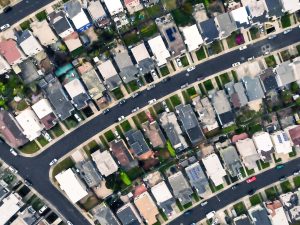
EUSI and Albedo Partner to Deliver 10 cm Resolution Satellite Imagery to Europe
It is our pleasure to announce the partnership with Albedo, a builder of high-performance spacecraft and the first satellite designed to operate commercially in VLEO (Very Low Earth Orbit). This partnership will bring the world’s highest resolution satellite imagery to the European and North African market.

Updating the Land Parcel Identification Systems in 2025: The Benefits of Using Satellite Images
Agricultural paying agencies across Europe face increasing challenges in maintaining accurate and up-to-date Land Parcel Identification Systems (LPIS), ensuring compliance with the Common Agricultural Policy (CAP) and supporting sustainable agricultural practices.
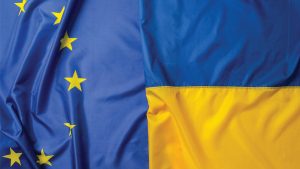
EUSI Confirms Uninterrupted Satellite Imagery Support for Ukraine and European Security
With the successful launch of Maxar Intelligence’s second set of WorldView Legion satellites, European Space Imaging (EUSI) will soon offer up to eight daily collection opportunities in key latitudes across Europe and North Africa – a number that will increase after the final WorldView Legion satellites are launched and all six satellites are operational.

Civil Mapping: Three Case Studies From Germany
Three land-surveying authorities finished large-scale mapping projects using very high resolution satellite images in 2024. These are the challenges, solutions and results:


